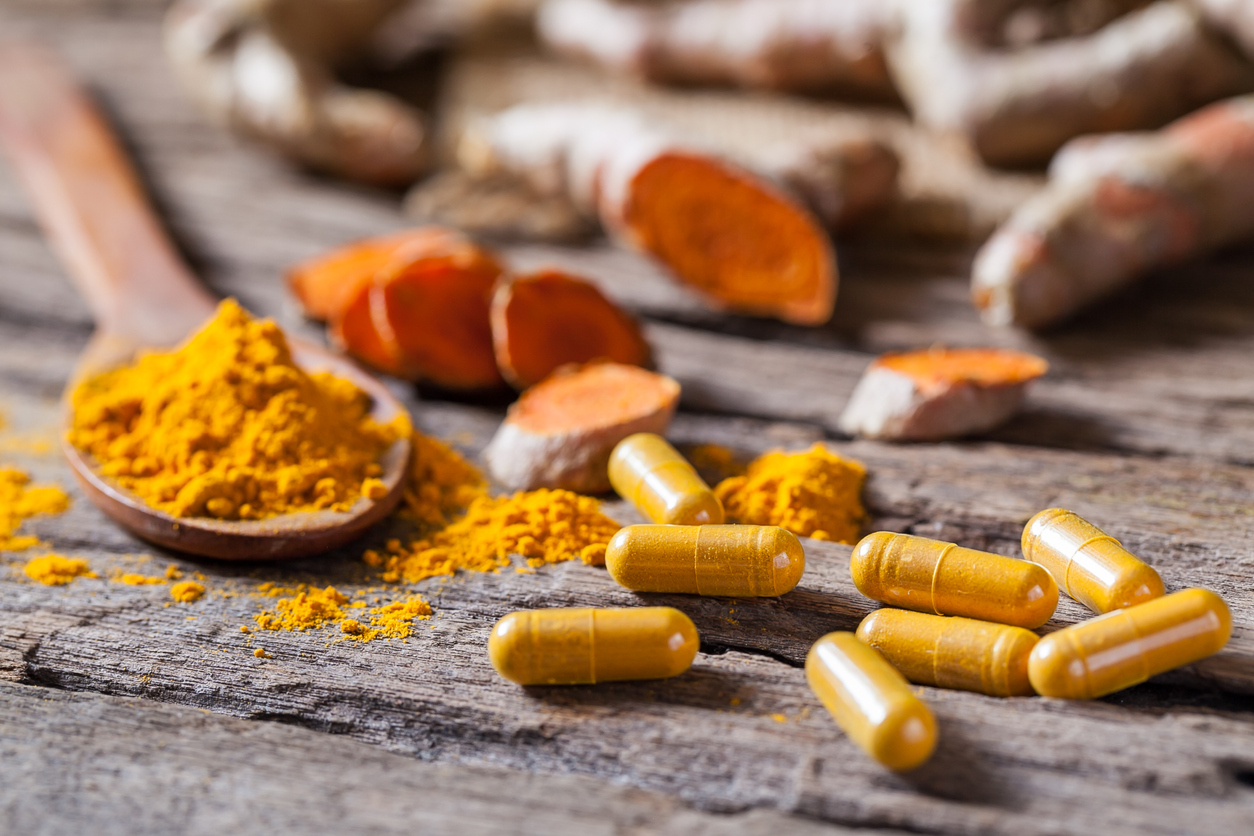In 2015, a meta-analysis was carried out bringing together all the existing evidence about the antioxidizing power of turmeric. This meta-analysis showed that curcuminoids increase the activity of an enzyme crucial for redox balance, super-oxide-dismutase (SOD).
There is scientific evidence regarding the benefits of curcuminoids in the metabolic syndrome, in addition to the benefits of turmeric in the metabolism of carbohydrates and insulin resistance (one of the classic pathways of cell aging). In the case of cancer, the fact that turmeric modulates the expression and activity of certain inflammatory proteins, leads to the existence of a protective beneficial effect.
Dr. Francisco Martínez Peñalver – Neolife Medical Team
Among the body’s the pathways for aging, one of the most recognized is redox balance, on which turmeric exerts a very beneficial anti-oxidation effect.
Curcuminoids are a mixture of curcumin, demetoxicurcumin and bisdemetoxicurcumin obtained from the dried rhizomes of the curcuma longa, also known as curry. In many regions of the world, curry is used as a food condiment (1). The anti-inflammatory effects of curcuminoids are well known, and curcumin has been used for this purpose for more than twenty centuries. What is not so well known is their use as a protector against aging and most of the diseases and phenomena that trigger it. They are natural polyphenols with a highly powerful antioxidant effect.
One of the problems arising in the persistent consumption of turmeric is its scarce bioavailability, since it is metabolized very quickly in the liver. Therefore, its association with piperine, a substance that slows down this hepatic metabolism thereby increasing the bioavailability of turmeric by up to 2,000% without causing any adverse effect, is beneficial.

Among the body’s the pathways for aging, one of the most recognized is redox balance, on which turmeric exerts a very beneficial anti-oxidation effect. Numerous metabolic pathways are known by which curcumin picks up free radicals, both oxygen species (ROS) and nitrogen ones. In 2015, a meta-analysis was carried out bringing together all the existing evidence about the antioxidizing power of turmeric. This meta-analysis showed that curcuminoids increase the activity of an enzyme crucial for redox balance, the super-oxide-dismutase (SOD). In addition, they increase the activity of another enzyme essential for this balance, catalase, which increases GSH concentrations and reduces the peroxidation of serum lipids (which has a protective effect at a cardiovascular level). These results indicate a significant improving effect with curcuminoid treatment on all the players involved in oxidative stress (2). Associated with curcumin, the supplement Neocúrcuma Antiox brings into play other molecules with recognized antioxidant power such as resveratrol, broccoli, astaxanthin or green tea.
Another of the syndromes associated with the body’s aging, and that is responsible for a large number of deaths and years of lost quality of life, is metabolic syndrome. In this syndrome, proinflammatory proteins called cytokines are released into the bloodstream, with these being largely responsible for the pernicious effects, especially cardiovascular ones. There is scientific evidence regarding the power of curcumin to reduce serum levels of these cytokines, but these are preliminary studies that demonstrate the existence of the beneficial effect, but not at what dose or for how long, which will require future research (3).
There is more scientific evidence about the benefits of curcuminoids in metabolic syndrome. Apart from the above mentioned “anti-inflammatory effect”, for which other compounds such as rose hip have been added in this supplement, these molecules have a very positive effect, as we saw in the section on redox balance, on lipid peroxidation in peripheral blood. This translates into a significant improvement in the levels of triglycerides, total cholesterol and LDL in patients.
In addition, there is scientific evidence regarding the benefits of turmeric in the metabolism of carbohydrates and insulin resistance (another classic pathways of cell aging) (4).
In the case of cancer, the fact that turmeric modulates the expression and activity of certain inflammatory proteins (the aforementioned cytokines), leads to the existence of a protective beneficial effect that is currently being developed in clinical trials at very early stages, and may lead to the use of curcuminoids as adjuvants in the treatment of cancer (5).
To sum up, the supplement Neocúrcuma Antiox offers a very complete formulation by synergistically combining the action of numerous agents that will help to maintain our patients’ redox balance and at the same time exert a beneficial effect on their cardiovascular profile and constitute a useful aid in managing chronic inflammatory disorders.
BIBLIOGRAPHY
(1) Zhou H et al. The targets of curcumin. Current Drug Targets, 12, 332-347.
(2) Sahebkar A et al. Effect of curcuminoids on oxidative stress: A Systematic Review and Meta-Analysis of Randomized Controlled Trials. Journal of Functional Foods (2015).
(3) Panahy Y et al. Effects of curcumin on serum cytokine concentrations in subjects with metabolic syndrome: A post-hoc analysis of a randomized controlled trial. Biomed Pharmacother.2016 Aug;82:578-82.
(4) Chuengsamarn S et al. Curcumin extract for prevention of type 2 diabetes. Diabetes Care 2012;35:2121e7
(5) Kunnumakkara AB et al. Curcumin inhibits proliferation, invasion, angiogenesis and metastasis of different cancers through interaction with multiple cell signaling proteins. Cancer Lett. 2008 Oct 8;269(2):199-225.
